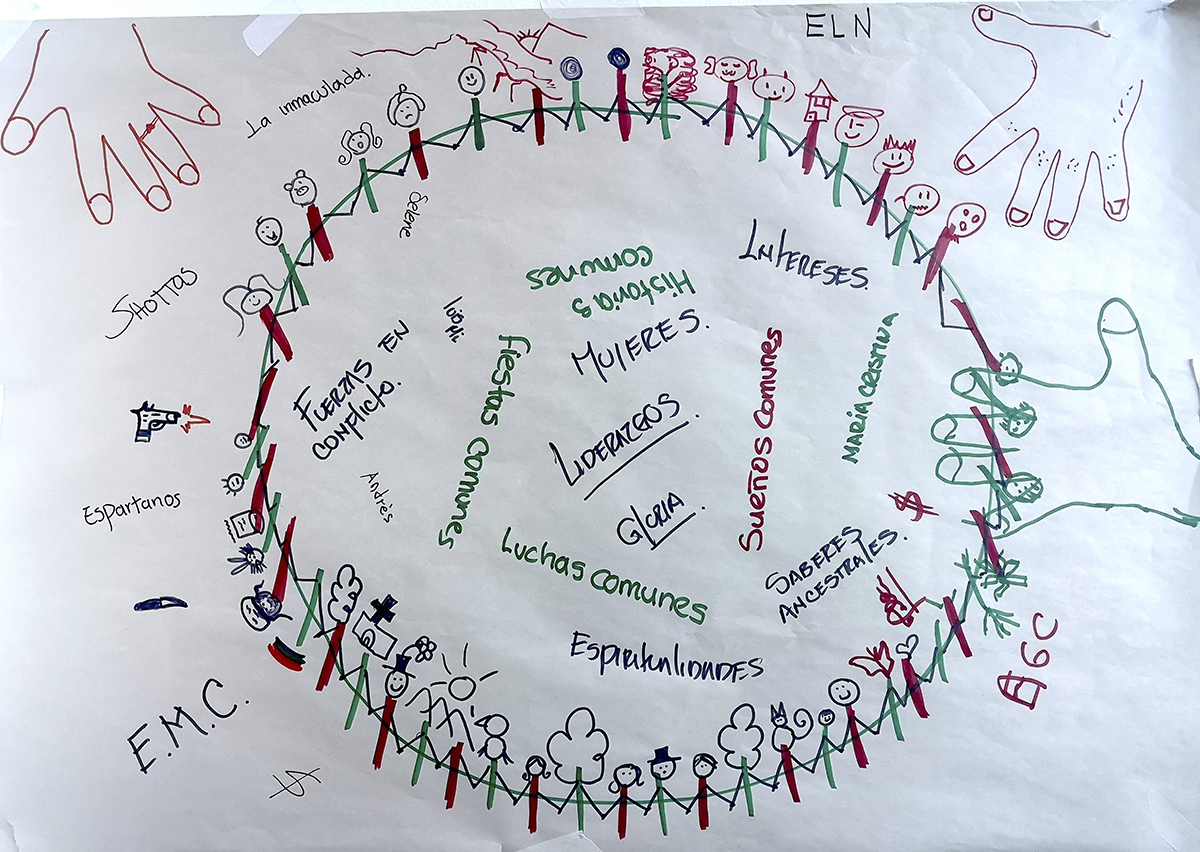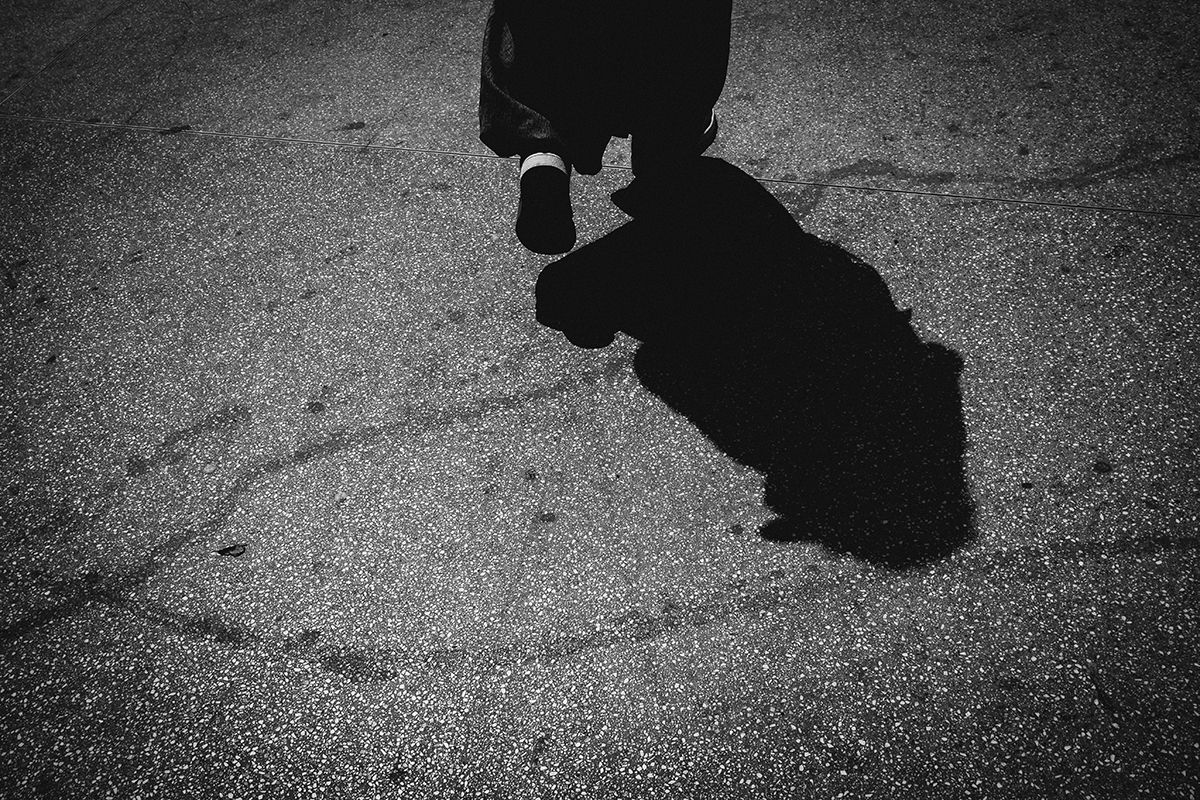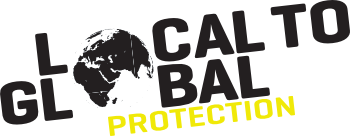What times are these, in which
A conversation about trees is almost a crime
For in doing so we maintain our silence about so much wrongdoing!
And he who walks quietly across the street,
Passes out of the reach of his friends
Who are in danger?
Extract from German poet Bertolt Brecht’s 1939 “An Die Nachgeborenen” (To Those Who Follow in Our Wake) as translated by Scott Horton for Harper’s Magazine
Interest in mutual aid, the spontaneous and voluntary assistance people give to each other in crisis, is on the increase. From the street-level WhatsApp groups that emerged during the Covid-19 lockdowns, to the efforts by Sudanese, Ukrainian, Myanmar, or Palestinian civilians caught up in war, conflict, attacks, and widespread displacement it is obvious that volunteers and self-help groups are of crucial importance.
Since our very beginning, L2GP have focused on what crisis affected people and groups themselves do to survive, protect themselves, and recover. While welcoming the growing interest in mutual aid, we must remind ourselves that there is nothing new about the way that individuals and communities organise themselves to respond to crises. Mutual aid is intrinsic to the human experience. What is new is that the formal aid sector is beginning to value the importance of such organic, spontaneous, and voluntary efforts – and the potentials for collaboration this may hold.
In response to this growing interest in mutual aid, we now introduce a subsection on our website which highlights some recent resources on mutual aid. You will find an article on Mutual aid in Sudan (Arabic and English) published by ODI HPN, a panel discussion between local aid workers, self-help activists and donors in Myanmar, Kenya and Sudan hosted by ALNAP along with a New Humanitarian podcast with a Sudanese self-help activist and an OCHA Sudan official who together break new ground as they seek practical ways to collaborate.

At our recent Forum in Istanbul, we brought together a community of practitioners of supporting community led response (sclr) from around the world. Together, we identified some of the traditional expressions used for collective efforts and self-help in different countries: Konbit/Eskwado (Haiti), Is Gawiin (Somalia), Ikub/Debo/Idir (Ethiopia), Imece (Türkiye), Tapukan/Hunlos (Mindanao, Philippines), Gadhis/Malaf/Marr (Marsabit, Kenya), Nafir/Lamaa (Sudan) – and finally La Minga as used in Colombia and Venezuela. These practitioners also shared with one another, the many ways in which sclr works to support and strengthen mutual aid in its many different forms. The notes produced during a session on mutual aid, speak for themselves:




Early data collected by L2GP indicates that funding for sclr type activities have doubled from USD 7 mio. in 2022 to USD 14 mio. in 2023 – and with that the number of active groups and activities undertaken to address needs and opportunities identified and carried out by groups and communities directly. But colleagues in places like Sudan, the West Bank, Gaza, Haiti, Ethiopia, and Myanmar also share a concern that, while welcoming more attention and support to community led responses, this must not be seen as a substitute for more conventional humanitarian aid. And in no way may this be seen as a substitute for pushing for full respect for International Humanitarian Law (IHL), the Geneva conventions and all the relevant conventions and protocols supposed to protect civilians and civilian infrastructure.
Looking across the world, the rapidly growing disregard for protecting civilians and humanitarian workers during armed conflict – Sudan, Ukraine, Myanmar, Israel, Palestine etc. – can never be compensated for by humanitarian responses – whether led by international or national NGOs or community activists and volunteers. For months, volunteers with the Sudanese Emergency Response Rooms have warned that their efforts – impressive as they are – should not be (mis)used to let international actors “off the hook” – be that international humanitarian actors or the governments and intergovernmental entities (UN, AU etc.) – for their continued failure to seriously engage in stopping the war and atrocities continuing daily across Sudan.
In Gaza and on the West Bank, community activists, trained in the sclr approach, are working under impossible circumstances to make the most of what little food, water and other essentials are there. With equal admiration and unease, a humanitarian colleague in Gaza describes how he in the end accepted blankets from volunteer aid workers for his own children as their home was bombed and they now try to survive in makeshift displacement “shelters”. The desperation he shares that “we see only silence as they kill us” is echoed these very hours, days, weeks, and months by millions caught up in conflicts and wars across the world.

In East Africa, an sclr Community of Practice brings together practitioners from Ethiopia, Somalia, Kenya, Sudan and South Sudan in online meetings every month. The EA sclr CoP are planning a larger face to face meeting later this year. In the Democratic Republic of Congo eight organisations begun exchanging their experience with sclr in early 2024.
Sclr has been picked up by a growing number of organisations in Ukraine and many of them exchange experience through two networks focused on peer learning among both national and international organisations.
On the back of two sclr workshops in June, a newly formed Colombia/Latin America Comunidad de Práctica brings together eight national and three international NGOs. During the workshop Blanchard Louis was invited to share experiences with sclr in Haiti. Blanchard explained how in Haiti “the traditional culture and way of working was community facilitation without the need for external help; sclr has brought this back, with more awareness and solidarity.”
“If they can do sclr in Haiti, we can do it here [in Honduras and Colombia]. Listening to Blanchard from Haiti was inspirational; there are so many challenges there, but they are able to stand up and continue. That allows us to reflect on our own context”.
Participants at sclr workshop in Colombia
Illustration of what and who makes up communities in the contexts of Latin American workshop participants, June 2024. The image indicates the interconnectedness of multiple factors – including risks and opportunities.
Photo: Mandeep Mudhar, 2024

In the Philippines collaboration between several local and national organisation continue but has not been strictly formalised. In Haiti and Myanmar, current political and security situations make it difficult to meet but online support and peer exchange continue to grow and expand.
In the MENA region online meetings are held bi-monthly and a peer learning event in person is planned in the region for later this year. Since its beginning a few years back, the MENA Hub has had a strong focus on peer learning between the countries in the region and this happens both between senior managers, project officers and, not least, between community facilitators across Lebanon, Palestine, Turkey, Iraq and Syria.
If you would like to know more about these national and regional sclr networks, please see here for more detail and contacts.

We shouldn’t limit dreaming with how much money we have or don’t have – we need to break down our own prejudices.
Participant at sclr workshop in Colombia
In several regions and countries, sclr practitioners are increasingly working with private and government donors as well as UNOCHA-led pooled funds to explore increased support for community led responses. L2GP supports this work and always from the perspective that it is locally-led and decentralised experiences that will deliver the best responses.
To better prepare professional humanitarian workers to engage in constructive and meaningful ways with the volunteer aid activists who are the real first responders in many crises across the world, L2GP has developed introductions to mutual aid and community led responses in collaboration with a number of academic institutions who offer graduate and postgraduate courses in humanitarian work.
We call these courses “Locally led crisis response: The future of aid – how to support it“. If you would like to know more about these courses, or work with an institution that would like to host such a session/course, please get in touch with us here.
Photos and images can be used in many ways – also in humanitarian work. Recently, our contributing editor nils carstensen brought together photos and words in a personal reflection on how moments of beauty are needed to make it through often devastating crises. If nothing else the resulting exhibition and associated catalogue show that photography in humanitarian contexts may be so much more than just another fundraising tool.
Please find the Ca va un Peu exhibition catalogue here.

A guide to the terminology
The growing interest in mutual aid and community led responses, at times leads to some confusion. Here’s how we understand and use some of the key terms:
Mutual Aid is the spontaneous and voluntary action of individuals, families and groups to help others from their wider community who are facing crises. Also known as community-led response, it happens based on affected people’s own resources and informal coordination.
Supporting community led response (sclr) is one approach for building on mutual aid. Sclr aims to strengthen communities’ capacity to respond to rapid emergencies as well as reducing vulnerability to future crises. It uses a number of tools (including microgrants) to maximise local ownership, responsiveness, and connectivity while minimising the risks of doing harm. National NGOs (and where relevant local authorities) are seen as the primary facilitators of sclr.
The Group Cash Transfer (GCT) guidelines were produced by CalP drawing from sclr but focusing primarily on the modalities of transferring small grants to community groups to respond to emergencies. GCT seeks to simplify the sclr process and can be used to channel funds to a range of community groups for different sectoral or community driven outcomes, using a common (CalP) technical understanding and compliance approach.
